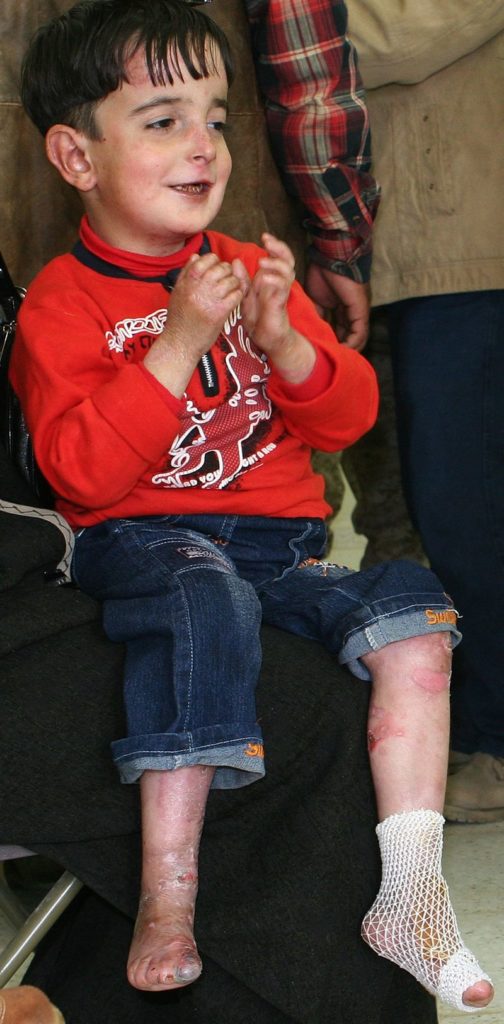A TEAM OF IRISH SCIENTISTS have made a significant breakthrough in finding a cure for an incredibly rare skin disease.
The severely painful 'butterfly' skin disease, is one of the worst strands of epidermolysis bullosa (EB).
Irish researchers at University College Dublin (UCD) have produced a revolutionary solution that uses gene therapy to repair bad cells, transforming them into fully functioning ones.
Butterfly disease causes blistering of the skin and mucous membranes. Often, those who suffer from it can only treat the symptoms by way of amputation, due to the severe pain.
The blisters can be both external and internal and can be caused by the slightest knock or bump.
Thousands of people worldwide, and around 300 people in Ireland are affected by the condition.
The revolutionary concept has been pioneered by Prof Wenxin Wang who has been carrying out research into EB for the past ten years, with assistance from Debra Ireland.
"The best part of this therapy is that it would not involve painful skin grafting procedures or risks associated with viral treatments in delivering functioning genes to the skin," said Dr. Jonathan O’Keeffe Ahern, one of the leading gene therapy researchers in Prof Wang’s team, together with Dr. Irene Lara-Sáez.
 A five-year-old boy with epidermolysis bullosa (Wiki)
A five-year-old boy with epidermolysis bullosa (Wiki)"We call this the Fed Ex of gene editing - we deliver a biological solution using a simple carrier system.
"Rather like using a postcode, we can send in a genetic scissors to cut out the non-functioning part of a gene and then the repaired cells know to fill that space and permanently repair the gene.
"We would not need to even take the patient cells for skin grafting. The gel would be applied, absorbed and go to work.
"We have seen some promising results in the lab. With further research, we could expand this to other EB types and even other genetic conditions.
It's hoped that in time and after further reach, the new technique could be developed into a cure for other genetic conditions such as cystic fibrosis, muscular dystrophy or Huntington's disease.

